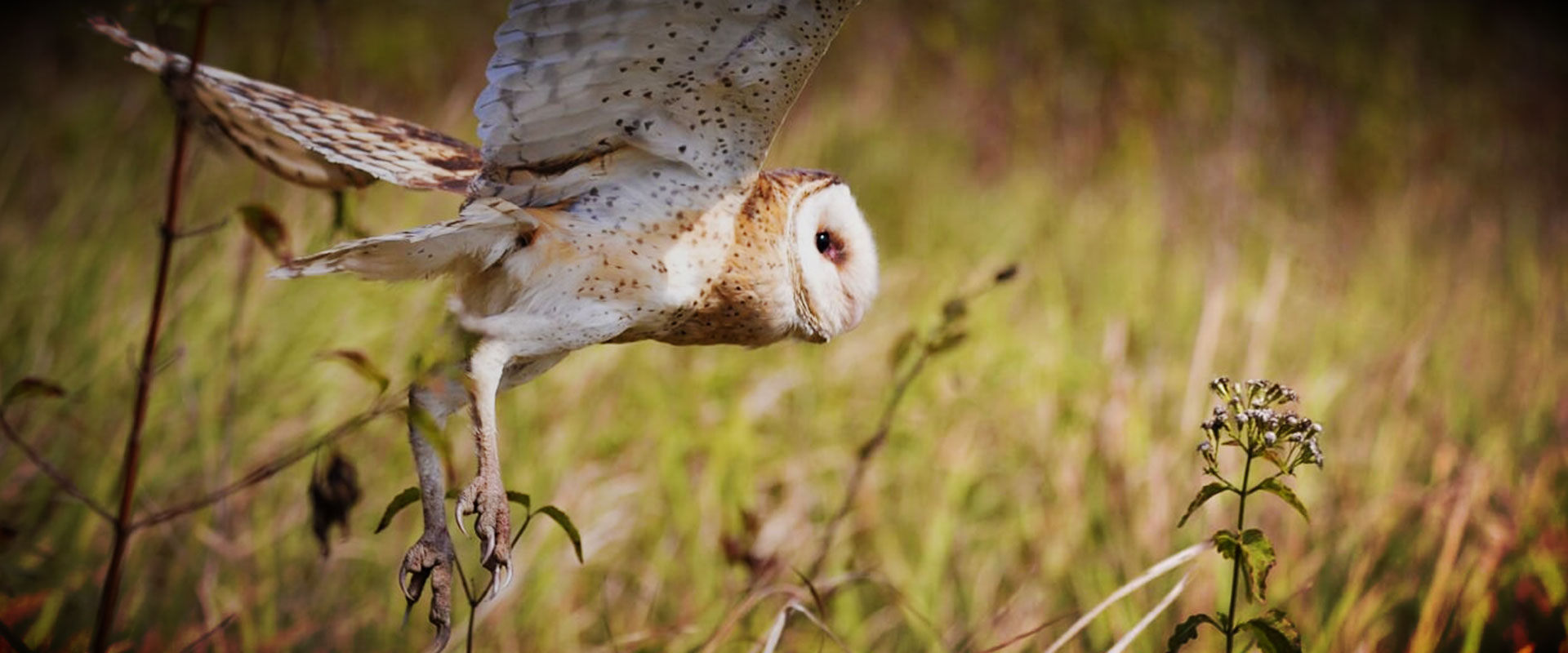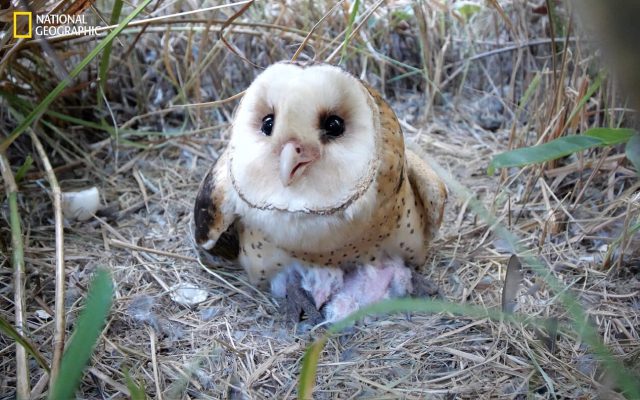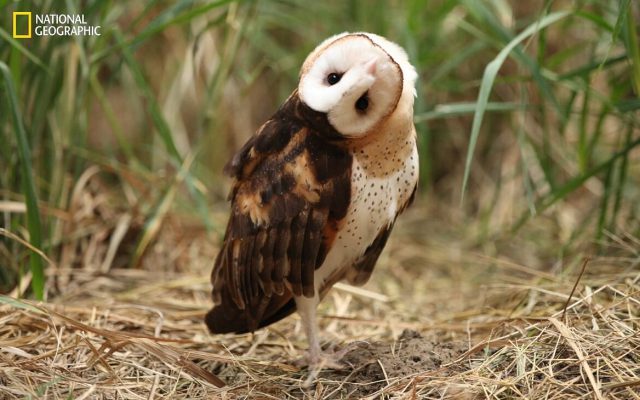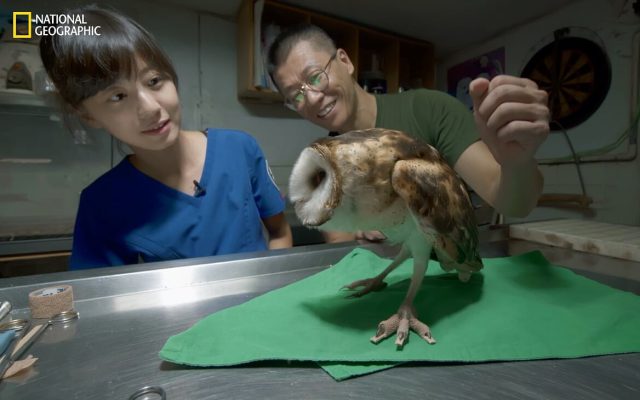In the documentary Night Hunters: Taiwan's Grass Owls a night vision camera observes a grass owl's nest hidden deep in the thick white thatch grass and uncovers the mystery of their courtship and breeding cycle. The young chicks are vulnerable to many dangers after hatching. For hungry grassland predators, small grass owls are a tempting dish. What will happen if a snake finds the nest? In summer, nature unleashes its fury with typhoons and floods that sweep through the land. In the winter, grassland fires make it impossible for the flightless chicks to escape. In the face of these difficulties, the grass owl family must struggle to survive, but prey contaminated with rodenticides is even more dangerous to them.
Although the cameras next to the nest provide many vital details, scientists still urgently need more data on owl activity.
Cameras, however, are still limited to a particular location and can not follow a grass owl on its mysterious night flight. How large is the home range of the grass owl? Where do they hunt their prey? It is impossible to develop and implement important conservation plans without this information, especially when bird nets on airport runways occasionally trap grass owls. Wildlife rescue and rehabilitation expert Yi-Shuo Tseng had the idea to attach GPS transmitters to rescued grass owls so that the research team could track their whereabouts. Can Yi-Shuo Tseng and his team of veterinarians get this injured grass owl back into the air? If this works, will it be enough to unlock the secrets of the Taiwan grass owl?
What touched the production team most during the filming process was that the film documented how injured grass owls were reported and, through the efforts of bird experts and volunteers, were able to return to the wild. We also saw them successfully become our little soldiers for satellite tracking, helping scientists unravel the secret life of grass owls in the wild. Director Shou-yi Yang shared, "Technology helped us understand the activity of Taiwan's grass owls, and it was only through tracking maps that we realized that the grass owls were so close to us. We are very happy to be a part of the documentation of this series of conservation and research processes and results."
Protecting the Taiwan grass owls, fewer than 500 — Watch the full documentary online




 中
中



